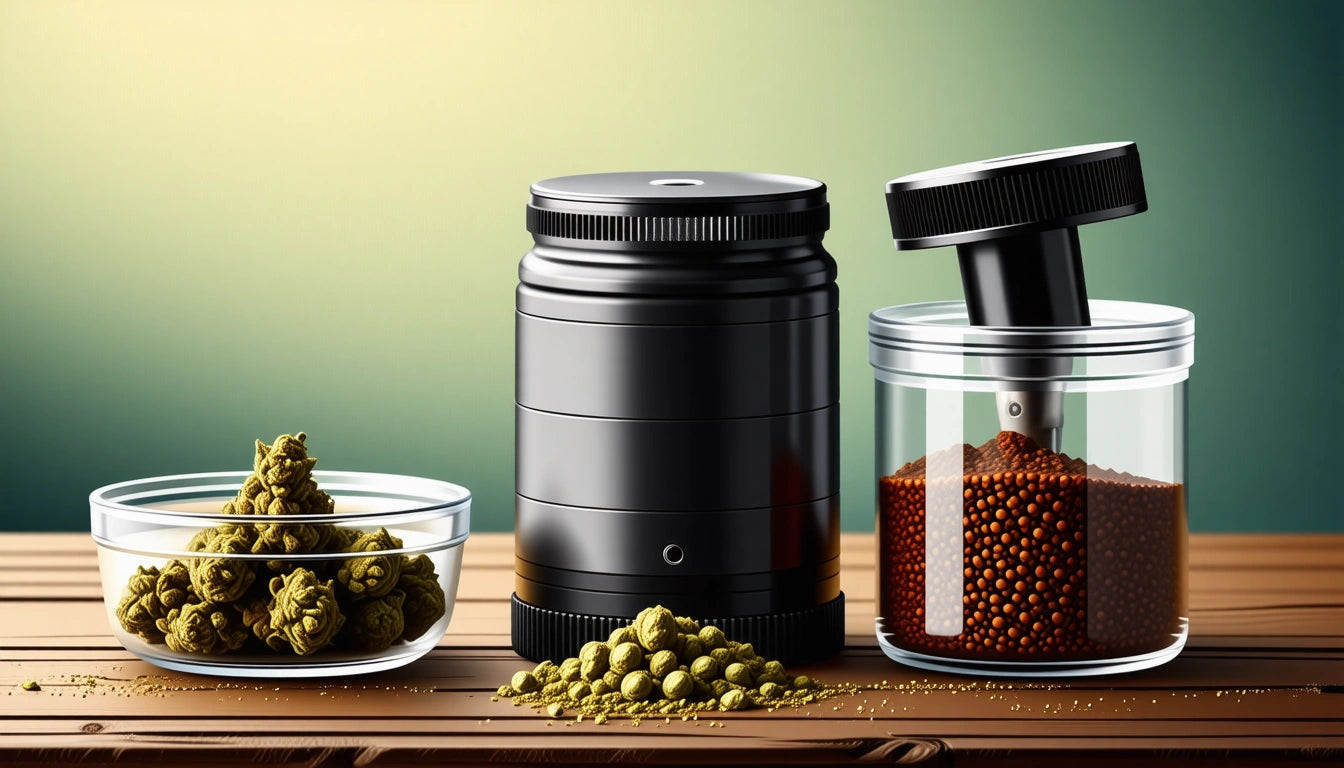Table of Contents
Top 10 Stinkiest Cheeses in the World
For cheese enthusiasts, there's a special category that both repels and attracts: stinky cheese. These pungent varieties are often considered delicacies despite (or because of) their powerful aromas. The world's smelliest cheeses offer complex flavors that contrast dramatically with their often offensive odors, creating a paradoxical culinary experience that cheese connoisseurs actively seek out.
What Makes Cheese Stink? The Science Behind the Smell
The distinctive aroma of stinky cheeses comes primarily from bacterial and mold activity during the aging process. Several factors contribute to a cheese's pungency:
- Surface Bacteria: Washed-rind cheeses develop their characteristic smell from bacteria like Brevibacterium linens, the same bacteria responsible for foot odor.
- Aging Process: Longer aging periods allow more time for bacteria to break down proteins, creating stronger smells.
- Moisture Content: Higher moisture provides better conditions for bacteria to thrive.
- Milk Type: Raw milk cheeses often have more complex microbial activity than pasteurized varieties.
These factors combine to create compounds like ammonia, sulfur, and various fatty acids that contribute to what many describe as smells reminiscent of wet socks, barnyard aromas, or even gaseous odors.
Top 10 Smelliest Cheeses in the World
1. Époisses de Bourgogne (France)
Often called the king of stinky cheeses, Époisses is so pungent it's reportedly banned on public transportation in France. This soft cow's milk cheese is washed in brandy and develops a sticky, orange-red rind with an intensely meaty flavor that contrasts with its creamy interior.
2. Stinking Bishop (England)
This English cheese earns its name honestly. Washed in perry (pear cider) made from Stinking Bishop pears, it develops a sticky, pungent rind and a powerful aroma often compared to unwashed socks and wet towels.
3. Vieux Boulogne (France)
Often cited in scientific studies as the world's smelliest cheese, this unpasteurized cow's milk cheese from northern France is washed in beer, giving it an incredibly potent aroma but a surprisingly mild flavor.
4. Taleggio (Italy)
One of the oldest soft cheeses from Italy, Taleggio has a strong smell but a surprisingly mild and fruity flavor with tangy notes. Its thin rind hosts the bacteria responsible for its distinctive aroma.
5. Limburger (Belgium/Germany)
Perhaps the most infamous stinky cheese in popular culture, Limburger's smell is often compared to dirty feet. The bacteria on its rind is indeed related to the bacteria responsible for foot odor. Despite this, it offers a mild, mushroomy flavor.
6. Roquefort (France)
This blue cheese made from sheep's milk is aged in limestone caves, developing distinctive blue-green veins of mold. Its sharp, tangy smell comes from the Penicillium roqueforti mold used in its production.
7. Maroilles (France)
Dating back to the 10th century, this cow's milk cheese from northern France is repeatedly washed in brine, developing a bright orange rind and powerful aroma that belies its mild, nutty flavor.
8. Stilton Blue (England)
While not as overwhelmingly pungent as some others on this list, Blue Stilton deserves mention for its distinctive smell and complex flavor profile. Its blue veining provides a sharp contrast to its creamy, slightly sweet base.
9. Brie de Meaux (France)
When perfectly ripened, this classic soft cheese develops ammonia notes that can be quite powerful. Its bark-like rind houses the bacteria and molds that create both its smell and its complex flavor.
10. Munster (France)
Not to be confused with the mild American Muenster, traditional French Munster is washed with brine and develops a sticky, orange-red rind with an intense aroma but a surprisingly mild, creamy interior.
How to Store Stinky Cheeses Without Overwhelming Your Fridge
Storing pungent cheeses properly is essential not only for preserving their quality but also for preventing their powerful aromas from permeating everything else in your refrigerator. While specialized cheese storage solutions exist, many cheese enthusiasts have discovered that airtight containers designed for storing aromatic substances work exceptionally well for isolating strong cheese odors.
For optimal storage:
- Wrap cheese first in parchment or cheese paper, then loosely in plastic wrap
- Store in an airtight container in the warmest part of your refrigerator (usually the vegetable drawer)
- Allow cheese to come to room temperature before serving for best flavor
- Consider smell-proof containers designed specifically for isolating strong odors
Pairing Suggestions for Pungent Cheeses
The intense flavors of stinky cheeses call for thoughtful pairings that can stand up to their complexity. Some excellent companions include:
- Beverages: Sweet wines like Sauternes or Riesling, robust reds like Burgundy, or Belgian ales work well. Quality beverages with some sweetness help balance the strong flavors.
- Accompaniments: Honey, fig jam, or pear compote provides sweetness that contrasts beautifully with funky cheese notes.
- Breads: Crusty baguettes, walnut bread, or fruit and nut crackers offer textural contrast.
- Fruits: Apples, pears, and grapes provide refreshing counterpoints to rich, pungent cheeses.
For those interested in exploring flavor enhancements further, consider how contrasting tastes can create balanced experiences even with the most challenging cheese varieties.
Embracing Aromatic Delicacies: Why Stinky Cheese Is Worth the Smell
The journey into the world of stinky cheeses often begins with trepidation but rewards the brave with some of the most complex and satisfying flavors in the culinary world. Much like other acquired tastes in food culture, appreciating pungent cheese involves developing a palate that can distinguish nuances beyond the initial sensory shock.
What makes these cheeses worth exploring is precisely their contradiction: what repels on first encounter often reveals extraordinary depth on tasting. The bacteria and molds responsible for the challenging aromas are the same agents that create the complexity, creaminess, and character that cheese aficionados prize.
For those new to stinky cheeses, starting with milder varieties like Taleggio or young Époisses can provide an entry point before advancing to more challenging options. The world's smelliest cheeses represent centuries of traditional cheesemaking knowledge and cultural heritage, offering a connection to food practices that long predate modern refrigeration and pasteurization.
Whether you're a seasoned cheese enthusiast or a curious newcomer, the universe of stinky cheeses invites exploration beyond your comfort zone, promising flavor experiences that simply cannot be found in milder varieties.











Leave a comment
All comments are moderated before being published.
This site is protected by hCaptcha and the hCaptcha Privacy Policy and Terms of Service apply.